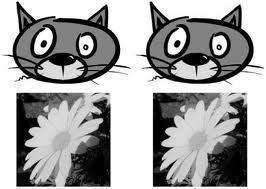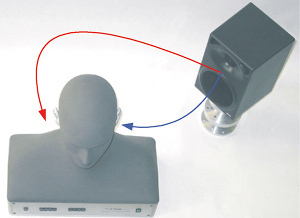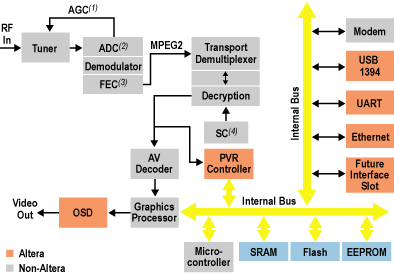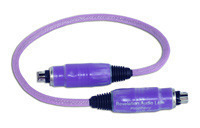Lossy compression is a type of compression that removes unnecessary components of a file to reduce the file’s size. Lossy compression is often used in multimedia files, such as still images and audio files that hold a significant amount of redundant information. Lossy compression results in a reduction of quality of the file that is being compressed, but the quality difference is usually not noticed by the human senses. Because of this, multimedia files can be significantly smaller when compressed by lossy compression.
Applications
Lossy compression can be used for virtually any type of multimedia file, such as audio and video files as well as images. Lossy compression can be used for a number of reasons, such as transferring files over the Internet or for storage purposes, but is especially used for streaming multimedia files and VoIP applications, where bandwidth and delivery time of files is an important factor.
Advantages
Lossy compression is advantageous because it can make a multimedia file much smaller than its original size. For example, a typical PNG file that is 100 KB in size can be reduced to a 4 KB file before any degradation is noticed by using lossy compression. This results in a file that is 92% smaller than its original size without any noticeable differences in quality.
Disadvantages
Although lossy compression is advantageous, it cannot be used in all types of files because it works by removing data. For example, text and data files cannot be compressed by lossy compression because they do not have redundant information. While text and data files can be compressed by other techniques, lossy compression would make these files unreadable to both users and computers.




Follow Us!